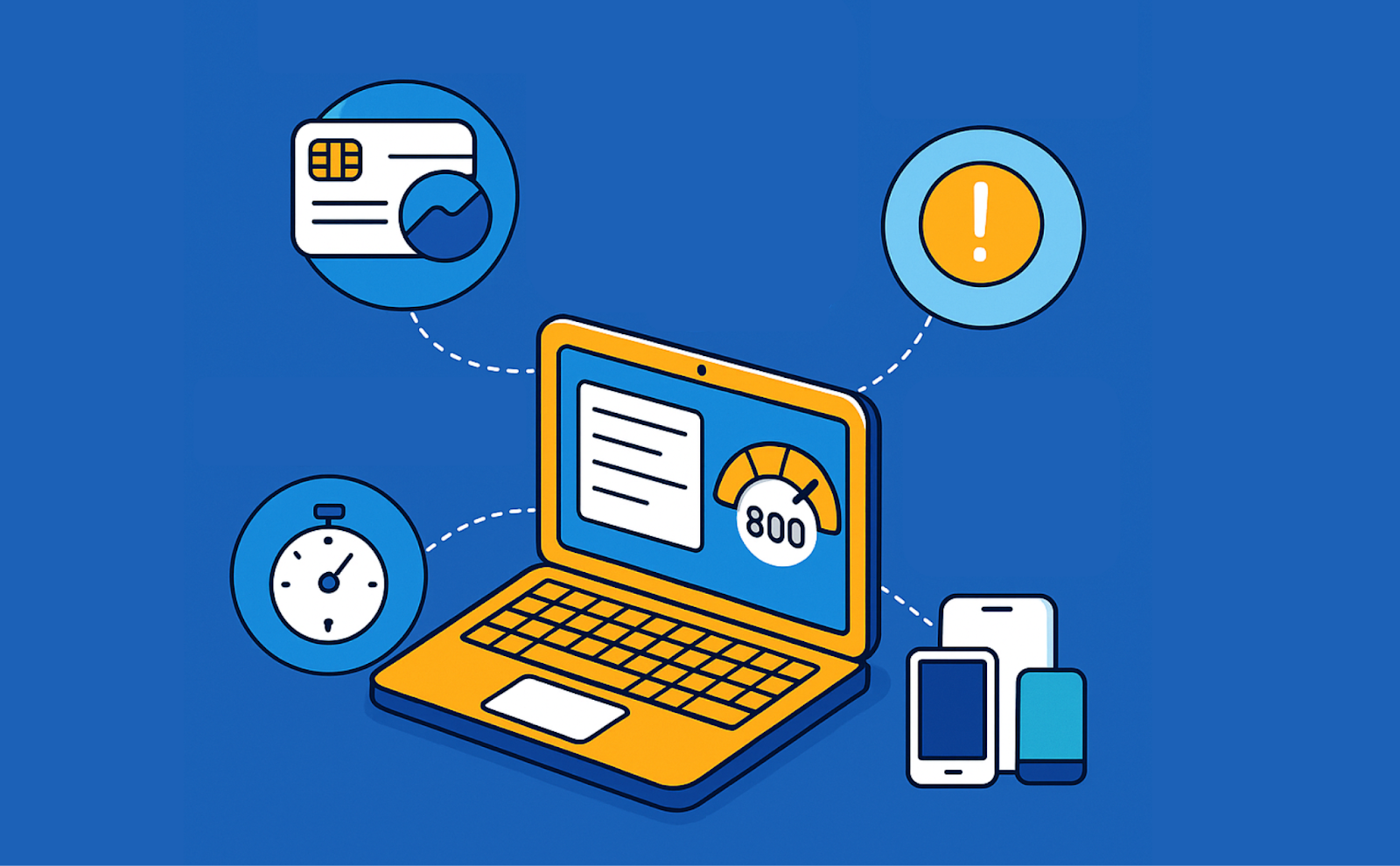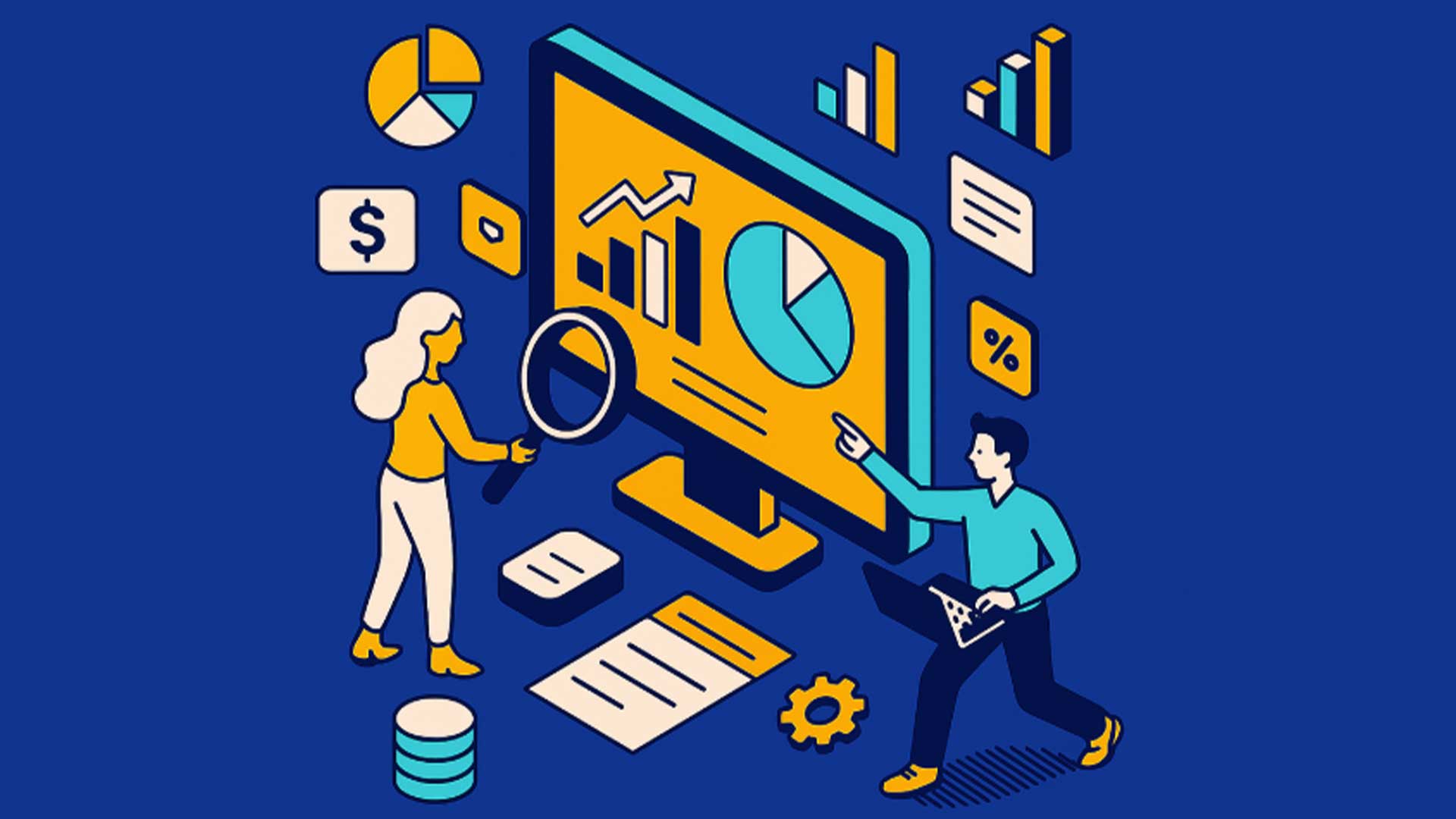Weighing the Benefits of Buying vs. Building
There’s a moment in every financial institution’s journey when the path that once made sense — paved with pride, control, and customization — begins to feel more like quicksand. For many larger financial institutions, that moment comes when they realize their homegrown digital banking platform is now holding them back due to the demand on their development teams to deliver the experience account holders expect while ensuring compliance and security.
If that feels familiar, you’re not alone.
The Emotional Cost of Homegrown
Institutions that have spent years, and for some cases, decades — building, maintaining, and evolving their own digital banking platforms often find themselves facing an uphill climb. Not just technically, but because of the human connection to all the work done. It’s not easy to walk away from something your team built with care, resourcefulness, and sheer will.
Over time, what once felt empowering can quietly turn into a source of operational challenges. It usually starts with good intentions: a platform built in-house to meet specific needs and offer flexibility the market couldn’t provide at the time. Years later, that same system often becomes the technology standing in the way of growth. Not because it’s inherently flawed, but because the expectations of today’s consumers and businesses have outpaced what internal teams were ever meant to sustain.
The result? Fragmented user experiences across mobile and desktop. Legacy systems that are difficult (and expensive) to maintain. Teams who are stretching multiple responsibilities with little time left to innovate.
What makes it even harder is the emotional weight behind the decision to walk away. This is a platform your team built, filled with late nights, creative workarounds, and institutional knowledge. Your team must determine if the effort, cost, and resources to maintain it is worth it, or to pursue a path that’s conducive to growth at scale. At some point, staying the course becomes riskier than taking the leap.
What a Modern Digital Sales and Service Platform Offers
Shifting to a purpose-built, future-ready platform is more than a tech stack upgrade, it’s an opportunity for strategic realignment across the organization.
Here’s what a specialized digital banking partner can unlock:
- Unified experiences across channels: One platform across retail, business, mobile, desktop, and web; eliminating silos, creating consistency, streamlining support, and building loyalty.
- Faster onboarding: Digital account opening that’s 3x faster for retail, 20x for business; centered on an omnichannel approach that allows an applicant to begin in one channel and convert in another.
- Increased efficiency: Putting more self-service capabilities into the hands of account holders allows them to seek the support or banking products they need on their time; freeing up your employees to work on more complex tasks.
- Data-informed decisions: Your digital banking platform should help you activate your data by anticipating user needs and engaging at exactly the right moment.
- Accelerated account growth: Personalize your marketing offers and automatically target account holders with intelligent cross-sell campaigns; driving nearly 3X* faster product adoption with data-activated campaigns
- *Data points are sourced from an Alkami survey of its customers using the Alkami Data & Marketing Solution.
- Fraud & risk management built in: With a multi-layered security strategy in place, you no longer have to choose between growing fast and growing safely.
Each new vendor adds layers of intricacy, requiring due diligence, ongoing risk assessments, regulatory compliance checks, contract reviews, and resource-intensive oversight. Choosing a single provider with a wide range of capabilities reduces the burden of managing multiple vendors.
Overcoming the Fear of Messing Up
Often, institutions hesitate not because they don’t see the value in a vendor solution, but because the road to change feels unknown. There’s the question of internal buy-in, fear of disruption, and worries over whether the new platform can really meet every need.
For many, the decision to convert begins with the realization that to stay relevant, your institution must evolve. In fact, improving the user experience is the driving force behind platform evaluations today. Nearly three-quarters of bank and credit union decision makers cite the customer or member experience as the top reason to consider a new provider. They realize that digital isn’t just a channel anymore, it is the brand experience.
Leaders at regional and community financial institutions are already thinking differently, redefining what meaningful engagement looks like in a world where primacy depends on connection. Americans overwhelmingly identify their primary financial institution as the one where they do most of their digital banking. So if the platform doesn’t keep up, loyalty can’t be expected to either.
Conversations about current-state operating costs, technology gaps, and future strategy can lay the groundwork. Eventually, the opportunity to consolidate systems, modernize the user experience, simplify operations, and drive revenue may become too attractive to ignore.
Imagine the impact a single platform could make across the entirety of your organization. Not to mention, the fewer vendors you’d need to continuously risk assess and manage by going with a trusted partner who could deliver across every channel and meet the needs of every department across your organization. Not only would your teams become more efficient, experiences more cohesive, and data more accessible, but you’d consolidate vendors. That’s the untold power of a digital sales and service platform.
Lead with Strategy
If you’re considering a digital banking platform conversion, here’s how to start the process with clarity and confidence:
- Audit the true cost of your current platform: Include not just licensing and hosting, but maintenance time, lost opportunity, and innovation delays.
- Align the platform to your growth goals: Whether your aim is deposit acquisition, better onboarding, or expanding your commercial portfolio, the right platform should map to your objectives.
- Find a partner, not a vendor: Look for a platform provider who can serve as a strategic advisor. Someone who understands the nuance of your business and helps you grow.
- Build internal buy-in with data and use cases: Show how the change impacts efficiency, experience, and revenue, as well as what happens if nothing changes.
In the End, It’s About More Than Technology
While it may be bittersweet, the decision to evolve from a homegrown system is putting your bets on your future. When done right, it frees your team to focus on what matters most: growing your institution, serving your account holders, and leading your market — not maintaining code, testing every version of the app on mobile devices, and managing workarounds.
As the industry evolves, staying competitive means being able to anticipate needs and that starts with having the right foundation to usher in the next era of banking – Anticipatory Banking.
Let this be your moment.
’Alkami Proprietary Research – Surveyed 100 digital banking platform decision makers/influencers who recently switched or explored switching platforms. Data collected November 27, 2024 – December 19, 2024.
Ready to take the leap?










